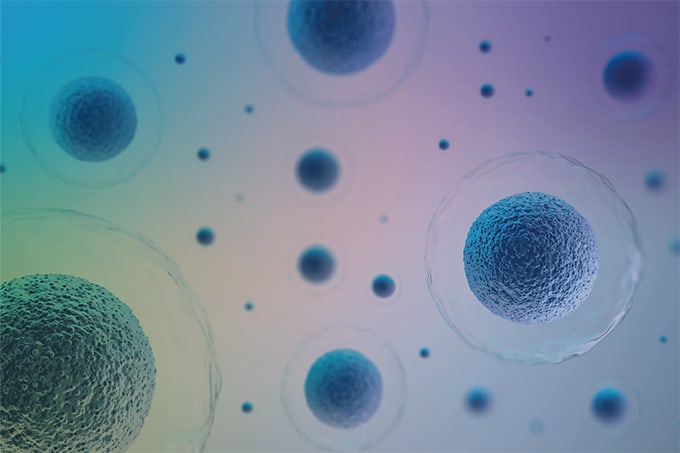
Researchers have developed a next-generation biological aging clock that uses machine learning to combine transcriptomic and glycomic data – delivering more accurate age estimates than existing single-omic methods.
Reported in Engineering, the method – called gtAge – combines the IgG N-glycome (a set of sugar structures attached to immunoglobulin G) with transcriptomic data from blood cells. Using deep reinforcement learning, the system selects key biomarkers from each dataset to improve the accuracy of age prediction beyond what either omics layer can achieve alone.
“By merging IgG N-glycome data and transcriptome data, we have elevated the accuracy of biological aging estimation,” said co-author Xingang Li in the team’s press release. “It links to real health risks and could help spot people at risk of age-related diseases earlier.”
To develop gtAge, the team applied an AI tool called AlphaSnake, powered by deep reinforcement learning, to identify optimal features across both omics datasets. “This algorithm works by picking the most useful data points from the two different biological sources, avoiding the pitfalls of just blindly blending data,” explained co-author Syed Islam, Senior Lecturer in Computer Science at ECU.
The model was trained and tested on 302 middle-aged participants from the Busselton Healthy Aging Study in Western Australia. It explained 85.3% of the variance in chronological age – a marked improvement over using either omics dataset alone – and revealed that “delta age” (the difference between predicted and actual age) correlated with clinical markers of aging such as glucose and cholesterol levels.
“Chronological age doesn’t tell the whole story,” noted Li. “Some individuals remain healthy into their 90s, while others experience decline much earlier. Biological age integrates genetic, lifestyle, nutritional, and disease-related factors to give a truer picture.”
With aging populations and rising incidence of chronic diseases, the researchers believe gtAge could help support earlier interventions. “If we know in advance, then we can change our lifestyle to better act on preserving our health,” said Islam.




